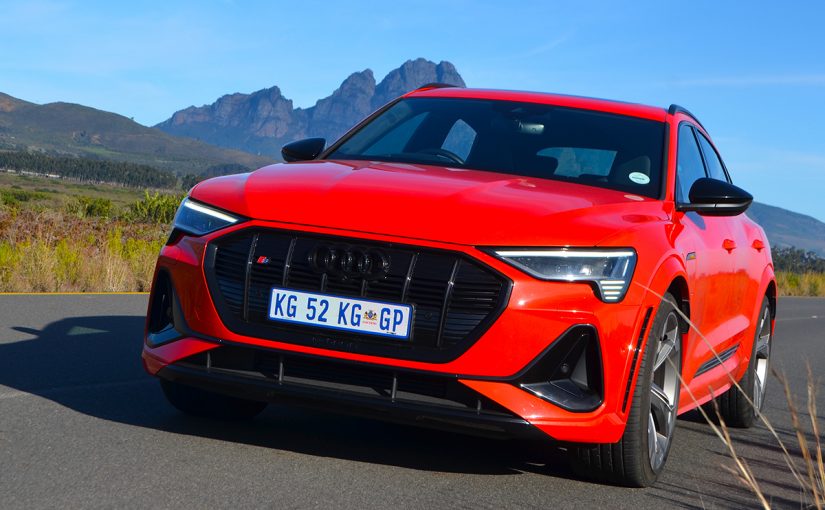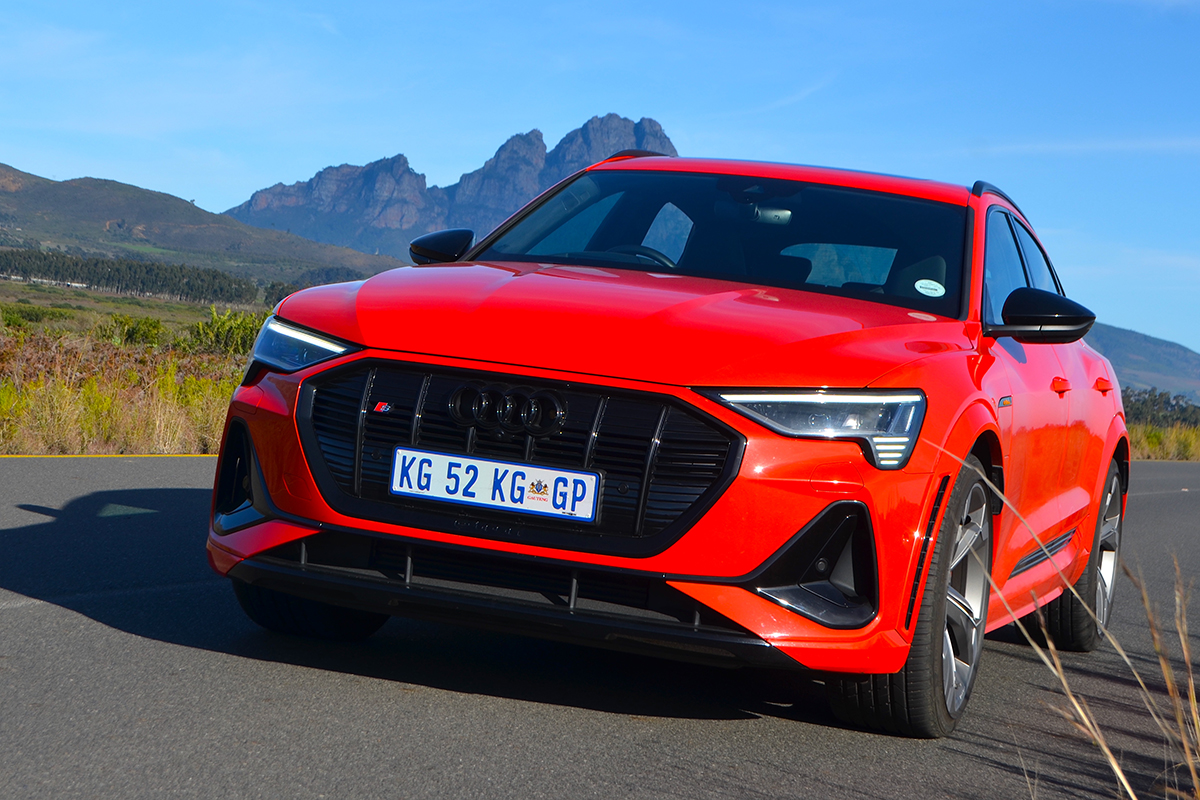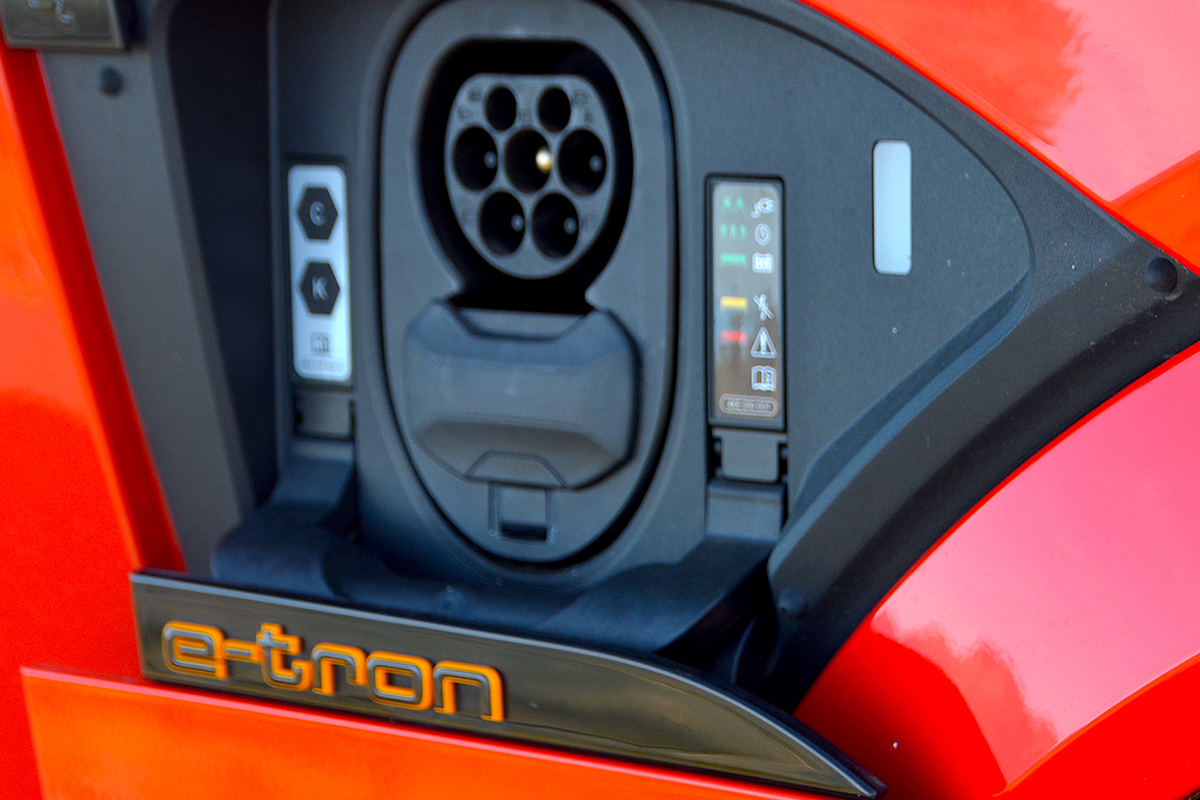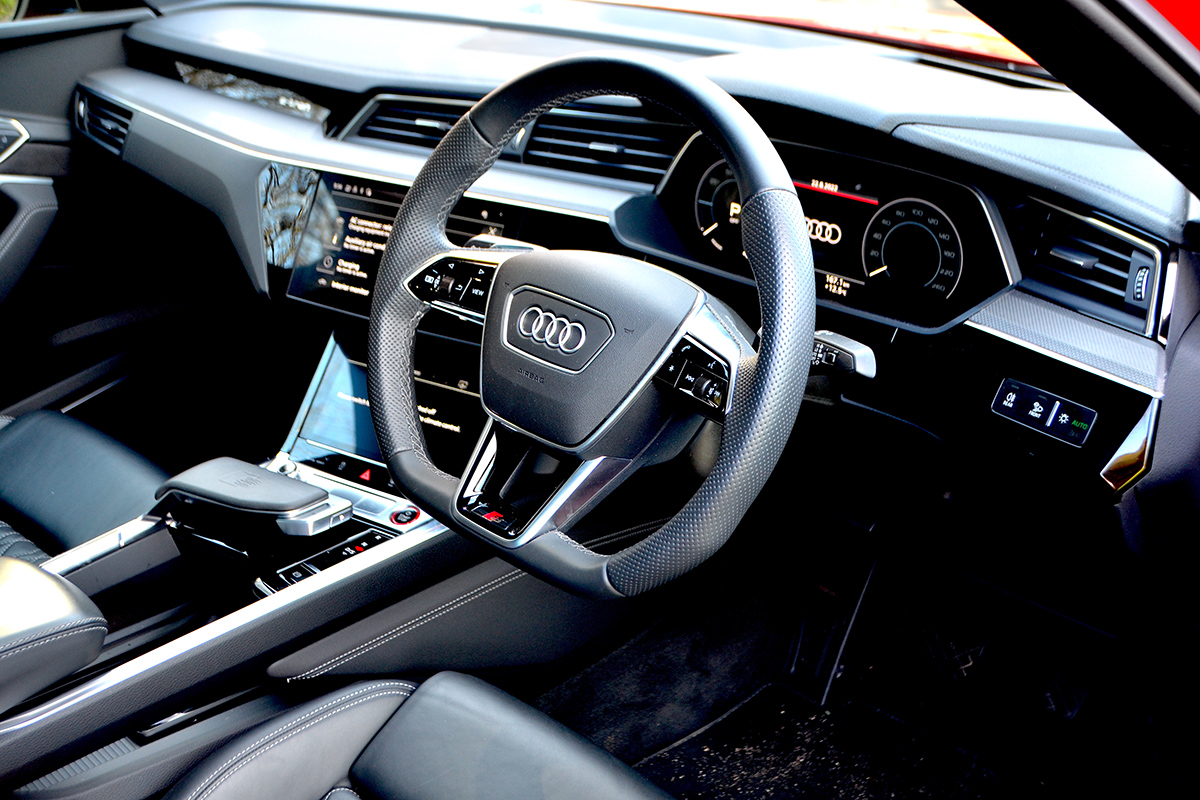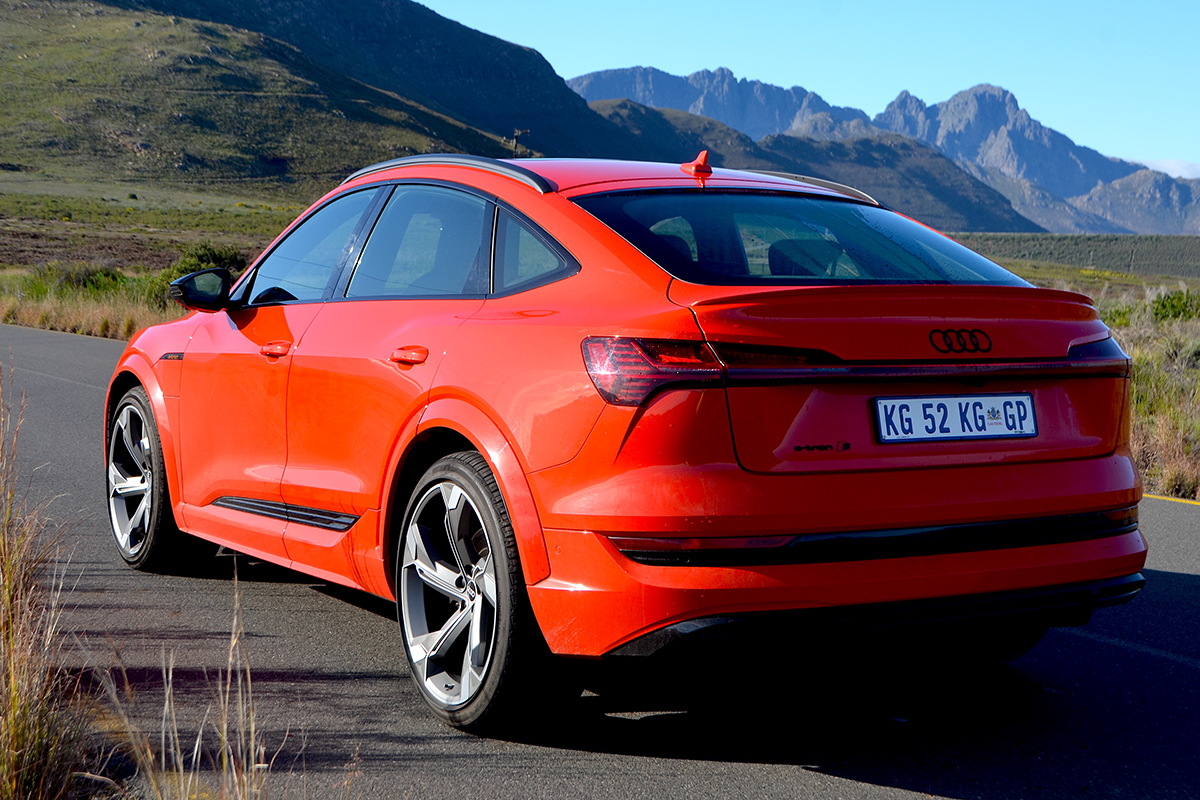Like all EVs, the Audi e-tron presents a bit of a learning curve when it comes to range and battery capacity.
While mass-produced EVs have been around for over a decade now, the vast majority of Americans have never owned one, let alone driven one. That is slowly changing, of course, as automakers like Audi map out an all-electric future devoid of ICE. However, as any EV owner will tell you, there’s a bit of a learning curve involved with making the switch to electrification, and one of the most important points is understanding that range can and will vary based on a number of factors. That much is clear from this fascinating discussion in the AudiWorld forums, which started with a query from a new Audi e-tron owner.
“It’s been about three weeks since I got my Audi e-tron S. I was getting around 175 miles range at 80% charged,” said T-Rex06. “Lately, it’s been varying between 162 to 169 miles at 80% charged. I’m assuming it’s normal. Just curious.”
“The range estimator takes your recent driving and electric consumption into account when presenting the estimate,” said skaven81. “So if you are a spirited driver and/or often drive at high speeds that result in higher consumption, then the GoM will predict less range for a given SoC (state of charge). This fluctuates all the time. For example, if you take the car out in winter without using a departure timer with cabin preconditioning, you’ll burn a ton of energy on the initial heating of the cabin, and if it’s a relatively short trip, your average energy use may be something like 1.8 mi/kWh. This will reflect in the GoM estimated range, and at 80% it might only say you have 120 miles of range. In short, it’s entirely normal for the range estimate to fluctuate even if you always charge to 80%.”
Indeed, real-world results vary based on speed, temperature, and driving habits, which is also true of ICE-powered vehicles. But what’s particularly confusing for many is the fact that while EVs have different battery sizes, they also don’t use all of that capacity, in spite of what automakers might advertise.
“All the Audi marketing materials tout the e-tron’s 95 kWh battery,” skaven81 added. “So if the first thing a new owner did was see that at 100% charge they’ve only got 86kWh available, you know that the dealer will be getting a call about that. Audi could stave that off by including a note on that screen that explains the battery buffers (or perhaps shows all of the values together), but it still creates a recipe for confusion and unhappy customers. A simple 0-100% scale is far more intuitive for the vast majority of owners. Sophisticated folks like us can simply multiply the SoC% by 86kWh to get the actual remaining capacity.”
Of course, there’s also the matter of keeping one’s battery in the 20-80 percent state of charge range, which is where it charges the quickest and helps prevent battery degradation, hence why everyone is so focused on the 80 percent figure. Regardless, this sort of information is truly key for new EV owners that may not understand how these things work. So be sure and head over here to check out this interesting and informative discussion in its entirety, and ring in with your own questions so our resident experts can answer them for you!
Photos: Audi
